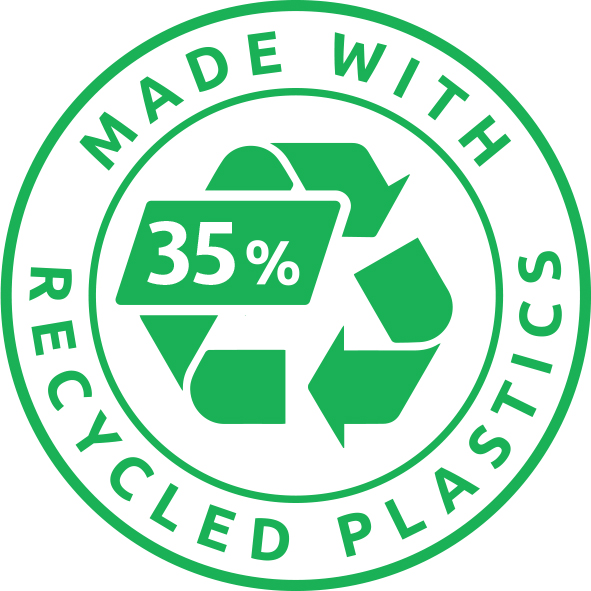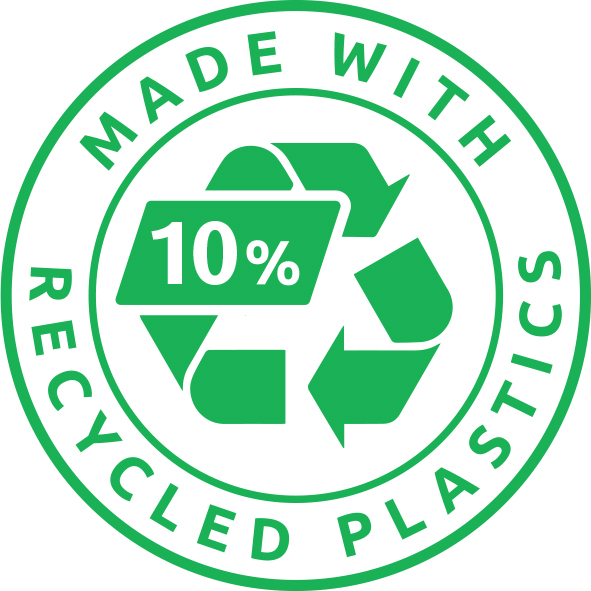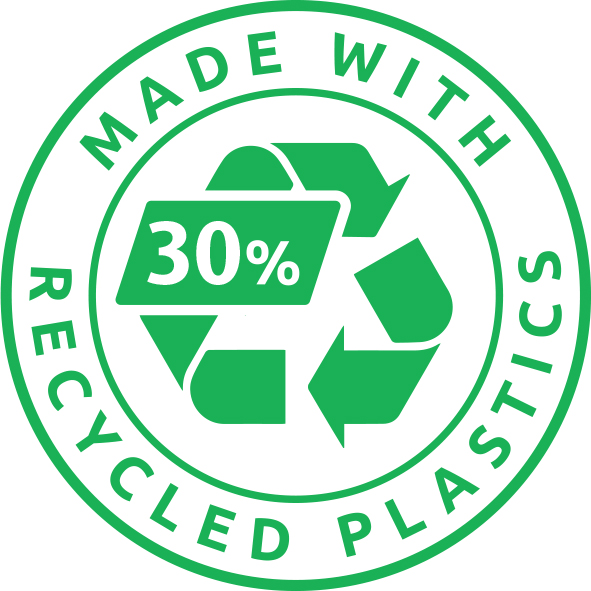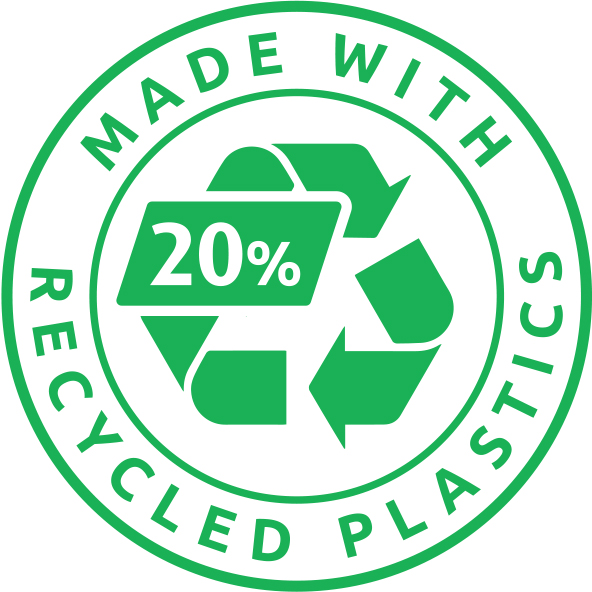Clay & paint inspiration
Looking for information and inspiration?
Clik on below pictures and scrol for tips and tricks
Van Bleiswijck acrylic paint

Van Bleiswijck metallics

Van Bleiswijck varnish gloss

Van Bleiswijck pouring medium

Van Bleiswijck gesso primer

Van Bleiswijck acrylic thickener

Modelling Clay

Home Deco chalk paint

Home Deco crackle medium

Do & dry

Kid's creative plakkaatverf
Inspiration and explanation

Mixing colors, basics and pastel

Mixing colors, violet

Mixing colors, green

Mixing colors, brown

How does acrylic thickening medium work?

Creating cracks in paint using crackle medium

Pouring on a canvas

Pouring Easter eggs with chalk paint

Pouring Christmas baubles with acrylic and metallics

Acrylic with thickener Tittok inspiration

More inspiration to come
Frequently asked questions
Answer: The paint and clay on this website are made without any animal components.
Answer: The Van Bleiswijck acrylic paint comes in tubes made of recycled plastic. Because of the way that plastic is sorted and recycled, the transparency of the tubes varies. So the tube may have a slightly different colour every time: sometimes it will be a little more grey, sometimes it will have a shade of brown. This may result in the colour of the paint looking different than what you’re used to, especially with white and other light colours, but no need to worry: the colours of the acrylic paint from our large sustainable tubes are still as bright as before.
Answer: Poster paint waste
When you use poster paint, you can simply rinse and clean your brushes under the tap. It’s even better to wipe the brushes clean with paper towels first. Put the paper with the dried paint residues in the residual waste disposal.
Acrylic paint waste
It is important to wipe acrylic paint brushes thoroughly with paper towels first. After you have removed as much paint from the brush as possible, you can rinse the remaining paint on the brush under the tap. This minimises the amount of acrylic binders that end up in the environment. The best thing to do is to avoid this process altogether. This can be done by rinsing the acrylic paint brush in a large pot with a small layer of water. After a while, all the paint particles sink to the bottom and the water evaporates, causing the leftover paint in the pot to dry. Remove the dried paint from the pot and put it in the residual waste.
Air dry clay waste
Our air dry clay consists of 98% natural raw materials, but is not biodegradable because of the dyes it contains. Therefore, throw away any air dry clay remnants in the residual waste.
Paint containers
Make sure the paint container is empty. Squeeze as much paint out of tubes and bottles as possible or cut open the packaging to extract the maximum amount of paint. Remove the label from the bottle or tube so that the packaging can be recycled more easily. The label can go with the residual waste and the empty bottle or tube can go with the plastic waste. The large 250 ml tubes of acrylic paint at Action are made of recycled plastic, which means less new plastic is required. After use, you can also scrape these tubes and (after removing the label) put them in the plastic waste disposal.
Clay packaging
The Home Deco and Creall Do & dry foil packaging can be added to the residual waste.
When you use poster paint, you can simply rinse and clean your brushes under the tap. It’s even better to wipe the brushes clean with paper towels first. Put the paper with the dried paint residues in the residual waste disposal.
Acrylic paint waste
It is important to wipe acrylic paint brushes thoroughly with paper towels first. After you have removed as much paint from the brush as possible, you can rinse the remaining paint on the brush under the tap. This minimises the amount of acrylic binders that end up in the environment. The best thing to do is to avoid this process altogether. This can be done by rinsing the acrylic paint brush in a large pot with a small layer of water. After a while, all the paint particles sink to the bottom and the water evaporates, causing the leftover paint in the pot to dry. Remove the dried paint from the pot and put it in the residual waste.
Air dry clay waste
Our air dry clay consists of 98% natural raw materials, but is not biodegradable because of the dyes it contains. Therefore, throw away any air dry clay remnants in the residual waste.
Paint containers
Make sure the paint container is empty. Squeeze as much paint out of tubes and bottles as possible or cut open the packaging to extract the maximum amount of paint. Remove the label from the bottle or tube so that the packaging can be recycled more easily. The label can go with the residual waste and the empty bottle or tube can go with the plastic waste. The large 250 ml tubes of acrylic paint at Action are made of recycled plastic, which means less new plastic is required. After use, you can also scrape these tubes and (after removing the label) put them in the plastic waste disposal.
Clay packaging
The Home Deco and Creall Do & dry foil packaging can be added to the residual waste.
Answer: Gouache
Gouache is a water-based paint with additional white pigments to make it more opaque, and a binding substance to make it thicker. The result is paint with a high opacity, easy to make and ideal for various surfaces.
Acrylic paint
The biggest difference between acrylic paint and the types of paint listed above, is that acrylic paint is not water-based. Instead, it is resin-based. This makes acrylic paint more waterproof when dry. So if you want to enjoy your artwork for a long time, this is the perfect paint to use. You can dilute this paint with water, and as long as the paint isn’t dry, you can easily clean your brushes with water.
Chalk paint
Chalk paint is easy to use, with a beautiful matt finish. This paint is based on acrylic resin, combined with very fine chalk. Thanks to the chalk, this paint adheres very easily to various surfaces, so you don’t always need to sand. Always make sure that the surface is free from dust and grease before painting. As long as the paint is not dry, you can clean your brushes with water.
Gouache is a water-based paint with additional white pigments to make it more opaque, and a binding substance to make it thicker. The result is paint with a high opacity, easy to make and ideal for various surfaces.
Acrylic paint
The biggest difference between acrylic paint and the types of paint listed above, is that acrylic paint is not water-based. Instead, it is resin-based. This makes acrylic paint more waterproof when dry. So if you want to enjoy your artwork for a long time, this is the perfect paint to use. You can dilute this paint with water, and as long as the paint isn’t dry, you can easily clean your brushes with water.
Chalk paint
Chalk paint is easy to use, with a beautiful matt finish. This paint is based on acrylic resin, combined with very fine chalk. Thanks to the chalk, this paint adheres very easily to various surfaces, so you don’t always need to sand. Always make sure that the surface is free from dust and grease before painting. As long as the paint is not dry, you can clean your brushes with water.
Answer: The Action acrylic paint is large tubes on this website has a strong price-quality ratio. All ingredients used in this paint are high quality, and the paint is responsibly produced in the Netherlands. More expensive acrylic paint usually contains more pigment, but if you apply multiple layers, the end results are pretty much the same. That’s because the pigments in this paint are top quality and lightfast.
Answer: Accidents happen. The steps below will help you remove paint stains from clothing (or other textiles).
Rinse the stain with cold water. Do this from the back of the stain, so that you’ll wash the paint out of the fibres. If you rinse onto the stain, you might push the pigments further into the fibres. That’s why you also shouldn’t scrub over a paint stain. Rinse until no more colour comes out of the textile.
Is the stain not gone yet? Lightly rub stain remover over the stain (such as Vanish Oxi Action or ox bile soap), before putting the textile in the washing machine.
Fill the washing machine with (preferably) fluid laundry detergent and wash the item of clothing at 40°C in the washing machine.
Is the stain still visible after washing? Repeat steps 2 and 3.
Please note: do not use hot water, do not use the washing machine at a temperature above 40°C, do not iron the clothing and do not put them in the dryer. The heat will make the stain adhere to the textile. As a result, you won’t be able to wash it out.
Rinse the stain with cold water. Do this from the back of the stain, so that you’ll wash the paint out of the fibres. If you rinse onto the stain, you might push the pigments further into the fibres. That’s why you also shouldn’t scrub over a paint stain. Rinse until no more colour comes out of the textile.
Is the stain not gone yet? Lightly rub stain remover over the stain (such as Vanish Oxi Action or ox bile soap), before putting the textile in the washing machine.
Fill the washing machine with (preferably) fluid laundry detergent and wash the item of clothing at 40°C in the washing machine.
Is the stain still visible after washing? Repeat steps 2 and 3.
Please note: do not use hot water, do not use the washing machine at a temperature above 40°C, do not iron the clothing and do not put them in the dryer. The heat will make the stain adhere to the textile. As a result, you won’t be able to wash it out.
Answer: In order to keep water-based paint and clay safe and stable, a small dose of preservative agent is added. This way, unwanted micro-organisms won’t get a chance. These are responsible and safe preservatives, but some people may still be sensitive to them in case of direct contact with the skin. They may experience an allergic (skin) reaction. Are you also sensitive to these substances? Check the label of the product you’ll be working with first, so that you can take fitting measures, like wearing gloves.
Answer: The paint and clay on this website are completely free from gluten, latex, peanuts and cow’s milk.
Answer: If the painted or sculpted surface is used intensively, or if you want to give your artwork an extra layer of protection, it’s wise to treat the surface with varnish, like the Van Bleiswijck Varnish gloss.
Answer: Use a soft, flat brush that is properly clean. For optimal protection, you should apply 2 or 3 thin layers. It’s better to apply multiple thin layers than 1 thick layer. You can apply a new layer of varnish when the previous layer feels dry (after about 2 or 4 hours). It will take a few days for varnish to fully harden.
Answer: The paint and clay we make for Action have a guaranteed shelf life of 2 years, but usually they are good to use for many more years. Do you have any doubts about whether your paint or clay is still good to use? Use your nose and your eyes: does it not look good? Or does it smell strange? Then it’s better not to use it.
Answer: This best way to store your clay is in a closet bucket, container or bag. This will keep the air-drying clay from drying out and keep it clean.
The temperature always impacts your clay. If it’s warm, the clay will be softer. And if it’s cold, the clay will be harder. You can “warm the clay up” by kneading it, to make it supple and easy to use.
The temperature always impacts your clay. If it’s warm, the clay will be softer. And if it’s cold, the clay will be harder. You can “warm the clay up” by kneading it, to make it supple and easy to use.
Answer: The clay is not flammable, but fire will black it. So if you want to use your artwork as a candle holder, we recommend keeping it ‘open’ for proper ventilation. Do NOT use varnish on this kind of artwork, because varnish is flammable. To be even safer, you can use LED tea lights for self-made candle holders.
Answer: That depends on the thickness of the artwork. Is the artwork 1 cm thick? Then it will be hard after about 24 hours. Artwork of 5 cm thick will be hard after 3 or 4 days. The warmth and humidity in the room where you’re letting the artwork dry can also impact the process. Warmth will make the clay dry faster, high humidity will make it dry slower.
Tips:
Tips:
- Make sure the room where you’re letting the artwork dry is properly ventilated.
- Put the artwork on an absorbent surface, so that the moisture will be absorbed.
- Is it still drying too slow? You can also bake the artwork in a regular kitchen oven at 50-60°C (122-140°F).
Answer: In principle, the air-drying clay has an unlimited shelf like once dry; as long as it is kept in a dry place. In a moist environment, the product will absorb moisture, which might make it soft again. So this clay is not suitable to use in terrariums and/or aquariums.
Is your question not listed?
Contact us
About us
From our Dutch factory in Ermelo, we, the family company Havo b.v., produce the clay and paint you find on this website. For the development and production of our products, sustainability and the strictest laws are our top priorities. Safe and responsible products are a part of that.
Read more
Read more

Contact
Made by Havo b.v. | Lokhorstweg 6 | 3851 SE Ermelo Nederland






